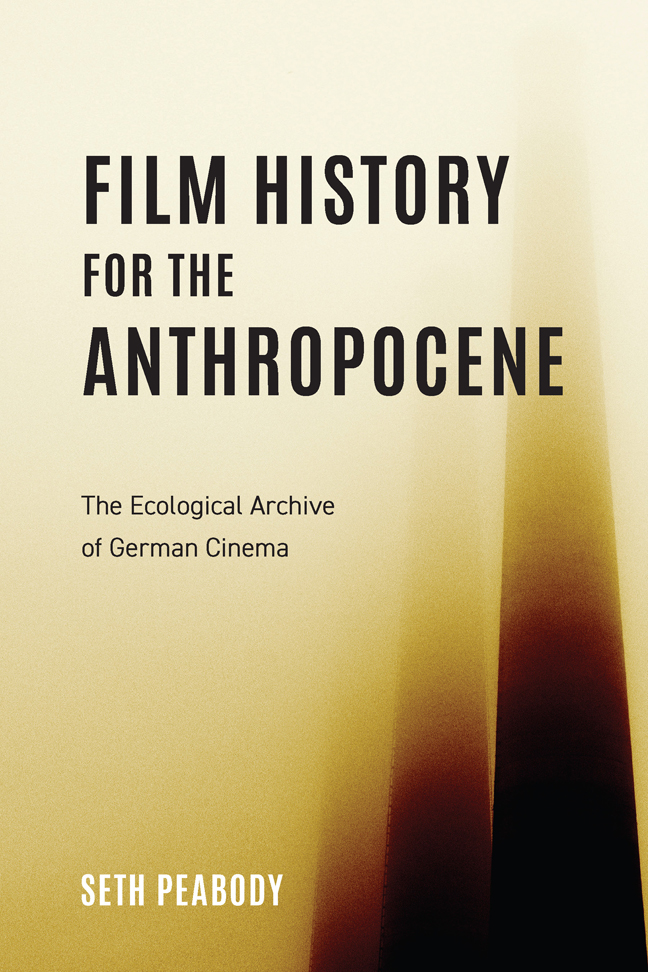Epilogue. Welcome Back: Reflexive Environments in Recent German Cinema
Published online by Cambridge University Press: 21 February 2024
Summary
It's a picture of a forest, in a fantastic morning light, and it looks like an impressionist painting by Manet. But when you look closely you see there are dead bodies all over the forest …
The Chapters Up To This Point have explored genres from German cinema ranging from the city symphonies and the mountain films of the 1920s and 1930s to the idyllic Heimat films of the 1950s. Chapter 2 demonstrated that filmic narratives and images, as well as the discourse surrounding films, displayed a wide array of environmental ideals in relation to Heimat ideas through the Weimar era, but over the course of the Nazi era, the notion of Heimat on film was consolidated into the much narrower range of ideas and visual tropes of the Heimatfilm genre. Meanwhile, as the second part of the book showed, films engaged with infrastructure at diverse levels, reflecting on infrastructural projects and rendering them visible on screen, while catalyzing the growth of infrastructures in the physical world. Therefore, in both the discursive realm of Heimat and the material realm of infrastructures, these German films provide an ecological archive of changing German environments in the 1920s through 1950s, providing an environmental history that developed alongside the psychological history traced by Siegfried Kracauer in his landmark 1947 book From Caligari to Hitler.
One might question the value of studying the environmental implications of film within a nationally defined archive. After all, the nonhuman world is not structured around political boundaries, and some of the genres studied in the preceding chapters are explicitly focused on landscapes that transcend national boundaries. This issue is perhaps most noticeable in the mountain films created on location in various countries that share the Alps, but it also bears relevance for urban and industrial films that show landscapes shaped by transnational systems of economic exchange, scientific knowledge production, and technological advancement. Neither the environments shown nor the human forces that shape them within the Anthropocene are contained within national borders.
- Type
- Chapter
- Information
- Film History for the AnthropoceneThe Ecological Archive of German Cinema, pp. 158 - 176Publisher: Boydell & BrewerPrint publication year: 2023



